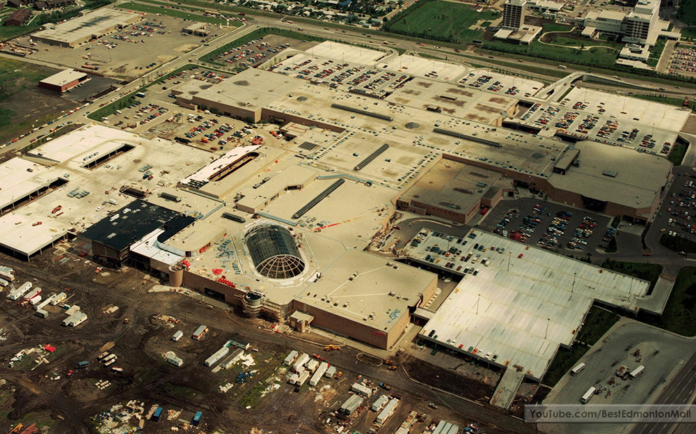The Canadian construction industry has a GDP of 151.1 billion CAD. But the industry did not get here overnight. It had to undergo many trials and developments to morph into what it is today. The modern Canadian construction industry has numerous skilled companies that provide their services to countries across the globe.
Of the construction companies in Canada, PCL Construction is the largest, with the highest revenue at $7.6 billion CAD in 2021. But other companies, such as EllisDon and Bird Construction, have trailed shortly behind.
How did these companies become what they are today? Here’s a brief history of the Canadian construction industry to explain how and where it all started.
The first permanent structures appear
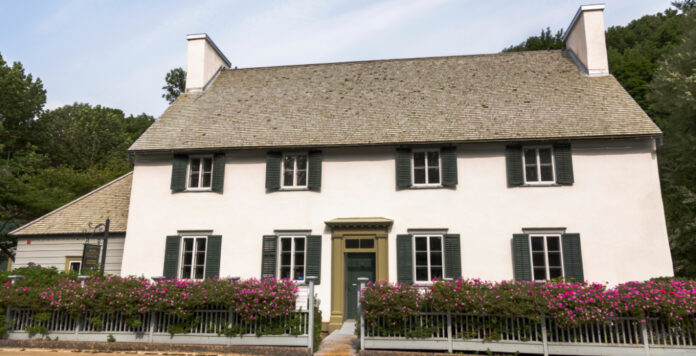
Let’s get into it from when French artisans erected the first permanent structures at Port Royal. It was 1605, and local materials were all the artisans had.
Two years later, in 1607, the artisans built a water mill on the L’Equille River – the first in North America. The mill was built to grind locally grown corn.
For the next century, the limited settlements of Acadia and New France used wooden structures in their construction. They built small windmills and watermills for power.
The roads were simple wooden trails. Although masonry construction had become possible then, it was not as common. Some churches and fine homes featured masonry construction, but most of this construction was for military fortifications, including the Prince of Wales Fort and Louisbourg.
First public works appear
In 1779, the British Regiment of Royal Engineers built the first public works. These tiny locks served to regulate the transport of goods and materials.
The Grenville Canal, built on the Ottawa River, was Canada’s first major public work. It started in 1819 and finished in 1834. The Royal Staff Corps, a British regiment, built the canal as a military route between Montreal and Kingston.
The Rideau Canal was the main part of this project, extending 200km with 50 dams and 47 locks. Its construction happened between 1826 and 1832 in just five working seasons – an impressive feat for the resources and techniques available at the time.
The era of railway building
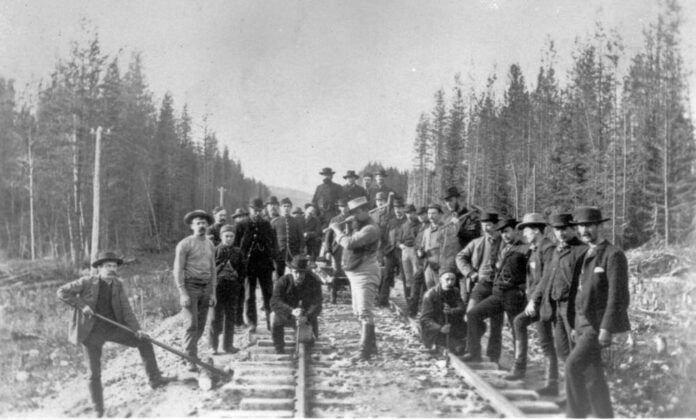
The 1850s were the era of railway building in Canada, with notable constructions like the Grand Trunk Pacific Railway and the Intercolonial Railway. Canadian contractors worked on the latter, building it between 1868 and 1876. They also built the Canadian Pacific Railway, which opened for transportation in 1885.
The Hoosac Tunnel, Mass., is a testament to the Canadian workers’ skill, as it remains the longest railway tunnel in Mississippi East. As construction increased and contract work became prevalent, the establishment of construction as an industry also began.
In 1862, a builder’s association was established in Halifax, followed by another in Toronto in 1867.
Mass concrete replaces masonry
A notable event in Canadian construction history was the transition from masonry to concrete. The use of concrete as a construction mode increased rapidly, especially during the late 1860s.
At first, the construction industry used natural cement. But the Canadian-made Portland cement replaced the natural material later. The Victoria Bridge at St Lawrence River marked a breakthrough in the country’s construction industry.
It initially had wrought iron to support its superstructure. But structural steel replaced this material as the 20th century sprung upon the Canadian construction industry.
Canal construction rules the industry
The importance of waterways for the Canadian economy is why canal construction is such a huge part of the construction industry’s history. After starting construction in 1913, Canadian contractors opened the Fourth Welland Canal in 1932.
The Canadian construction industry in the Second World War
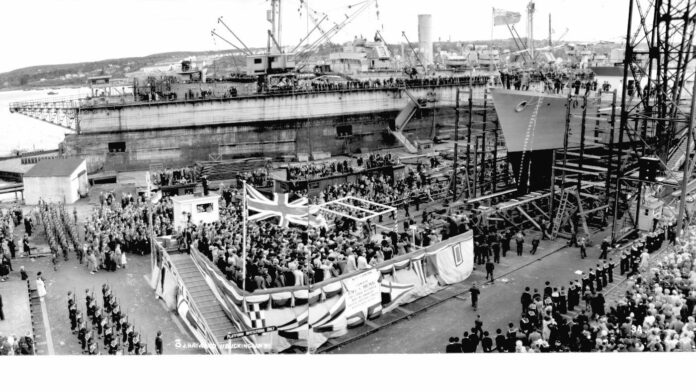
As the Great Depression set in, there was a decrease in construction activity. But the industry rose once again during the Second World War.
One of the notable achievements of the industry during this period was the construction of the Sarnia rubber products plant.
Military construction became increasingly common during the Second World War. Canadian contractors made many British Commonwealth Air Training Plan airfields that served as bases for Allied pilots.
The post-war housing boom
The post-war period saw a boom in the construction industry as the need for housing increased. That’s when the Canadian construction industry started inching towards project housing.
Hundreds of units with high-rise complexes and apartment buildings became part of the Canadian housing market during this time.
One-third of the construction projects occurred in Ontario, one-tenth in British Columbia, and around a quarter in Quebec. Montreal and Toronto became the main attractions for construction activity, accounting for 25% of all construction in the country.
The period saw a construction output of 30% in the residential sector, 30% in other buildings, and 40% in engineering infrastructure projects. These projects included water systems, hospitals, energy plants, and transportation.
At the same time, another segment of the construction industry also developed. It was associated with building early-warning radar installations for defense purposes. Other segments, such as transportation, construction, and mining, also gained momentum during this period.
Some significant constructions of this time include the St. Lawrence Seaway and the Trans-Canada Highway.
The Canadian construction industry today
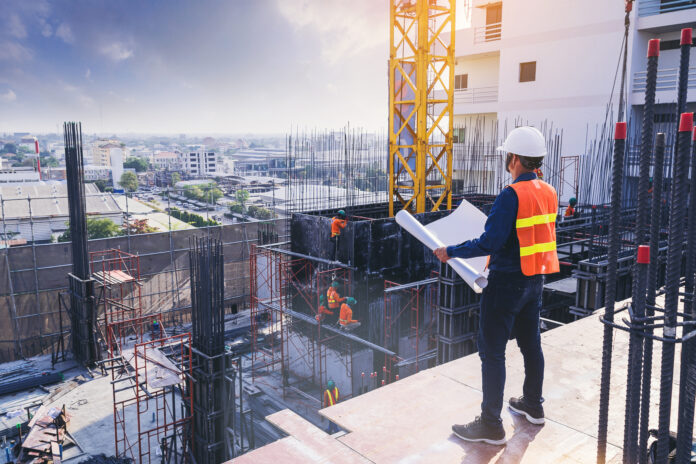
The Canadian construction industry took a significant turn at the turn of the century. Buildings became more complex, and the industry moved from relying solely on government projects to having new opportunities for private sector contracts.
Some of Canada’s best-known construction projects include the CN & Calgary Towers, Montreal Bell Centre, Scotiabank Saddledome, and the West Edmonton Mall.
The future of the Canadian construction industry
The construction industry contributes 137 billion CAD to the country’s GDP, which will only increase as innovation becomes mainstream. Most of the construction employees work in the maintenance and residential renovation segments.
But new constructions are also common. Some of the recent projects include the Strathcona Refinery – Renewable Diesel (RD) Facility in Alberta and the Regent Park Revitalization – Phases 4 and 5 in Toronto.
With more advancements in the space, we’ll see the Canadian construction industry reaching new heights in no time.
